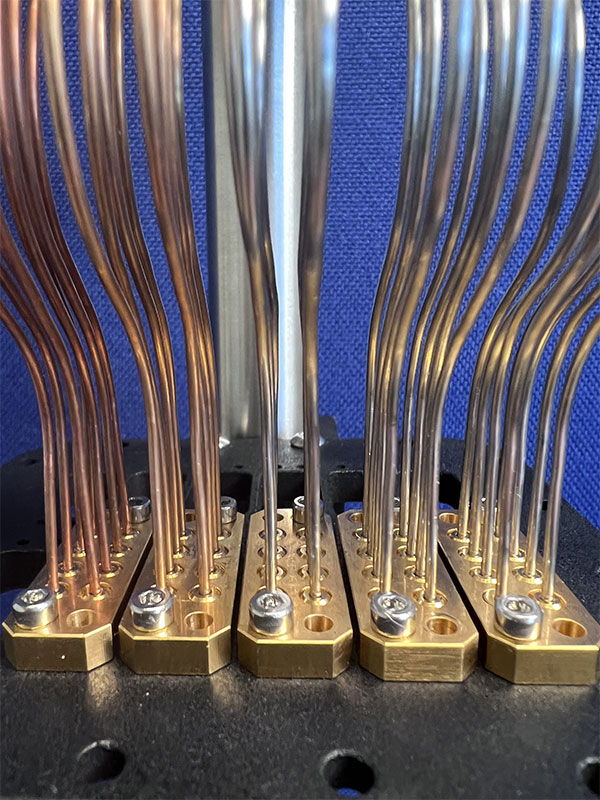A method for reorienting a radiation pattern’s primary lobe is called beam steering.
By switching the antenna elements or altering the relative phases of the RF signals driving the elements, beam steering in radio and radar systems can be performed. Due to the quasi-optic nature of 5G frequencies, beam steering has recently assumed a prominent role in 5G communication.
The beam steering approach improves the gain and directivity of the microstrip antenna while reducing interference and conserving power. Beam steering antennas are designed to allow for the formation of narrow, focused beams with low side lobes that can be electronically guided toward a transmission or reception target. Beam steering antennas offer beam-forming gain as opposed to diversity gain, which is attained by utilising MIMO-style smart antennas.

Arralis is pleased to announce that our advanced K- and Ka-band analogue bare die phase shifters are ready to order. Operating at 17–21 or 25–33 GHz, the phase shifters enable up to 350º and >360º smooth phase variation across the band, respectively. These bare die phase shifters are currently in stock and available to order.
Arralis analogue phase shifters are an alternative to digital phase shifters where any required phase delay is achievable with the phase set by varying the control voltage in the range of -0.5 to 0.7 V. This smooth phase variation is vitally important for the development of beam-steering antenna systems.
The phase shifters have a number of applications; however, key market applications are listed below.
Product Applications
- Frequency Translation
- Beam Steering Antenna
- Phased Arrays
- 5G networks
- Satellite Downlinks
- IOT
- Security







